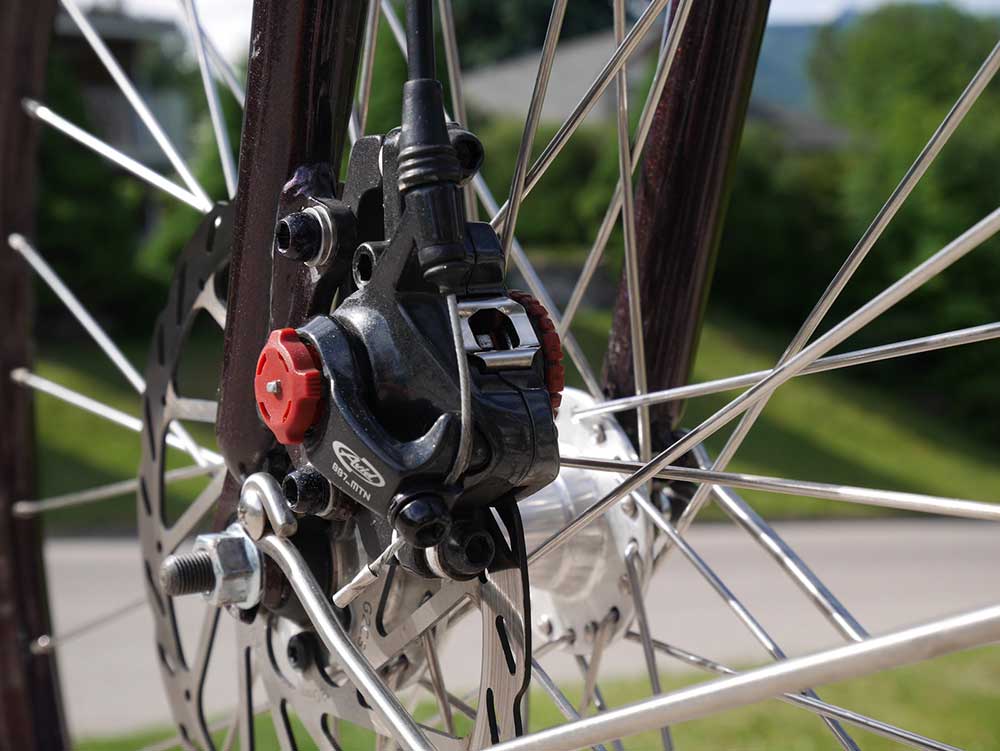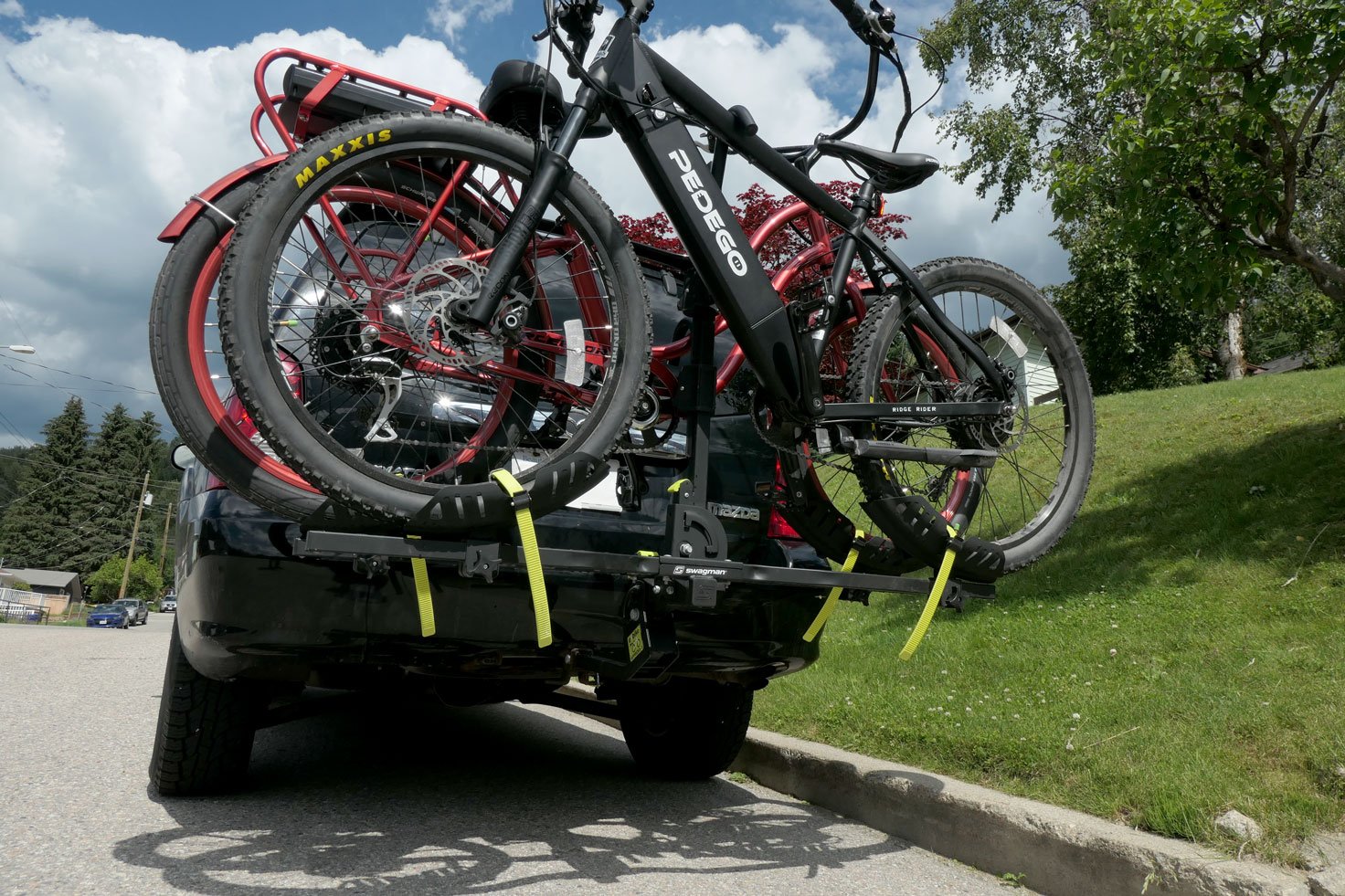What You Need To Know About Maintaining E-Bike Brakes

Brakes play a key role in the operation of your electric bicycle so it’s important to know a few things about them to ensure you enjoy a fun and safe riding experience.
Here is everything you need to know about electric bike brakes, along with a few simple maintenance tips.
As you use your bike, it’s important to note if there’s a change in the sound of your brakes: a squeaking or rubbing for instance. This likely means that your brake pads have worn down. If this is the case, it’s a good idea to either replace your brake pads yourself or take your bike to your local shop to have a mechanic look over it. If caught early, the fix will be a lot easier than if it persists and you find yourself having to replace a rotor rather than just a pad, for example.
Pedego electric bikes are equipped with either mechanical or hydraulic disc brakes. Disc brakes are similar to the brakes in your car in that they have rotors attached to the wheel hubs. When a brake lever is applied, it activates (by cable or hydraulic pressure) a mechanism that engages the pads to cinch against the rotor, providing the stopping power.
As with car brakes, the pads wear out over time. (If you live in a hilly environment or an urban area where you’re stopping a lot, they’ll wear out quicker.) Therefore it’s a wise idea to inspect them regularly and the good news is it’s really easy to do. At the centre of both your front and rear tires are metal, disc-shaped rotors and the brake pads are seated in the grooves of the braking mechanisms. (See image below.) You may need a flashlight to get a proper look. There should be at least 1.5mm of braking material on either side of the rotor – that’s about the thickness of two business cards. Any less and it’s time to replace them.

If you are noticing you have to depress the brake levers all the way back to the handlebars in order for the pads to engage, you may need to make micro-adjustments to your brakes. For mechanical disc brakes, you’ll notice red dials on the braking mechanisms at the front and rear tires to accomplish this. By twisting the red dials clockwise, the brake pads are moved closer to the rotor. There should be about a 1.5mm distance between each side of the rotor and the brake pads.
Again, you’ll want to ensure enough brake pad material exists to engage. What you don’t want is to have the metal backing that holds the brake pad rubbing against the metal rotor as that can damage it. If you hear any kind of rubbing noise, you may also need to adjust the rotor making adjustments as mentioned above.
In the case of hydraulic brake units, the space between the rotor and brake pads is automatically adjusted. If your brake levers are almost hitting the handlebars when you put the brakes on, and you can’t adjust this as described above, it’s time to take the bike to a mechanic for a tune up.
If your electric bike brakes are making noises, whether squeaking or squealing, we also recommend you try cleaning your breaks. You can check out this article or research more for guidance If the noises persist, get an expert on the job and take your bicycle in for a tune-up.




